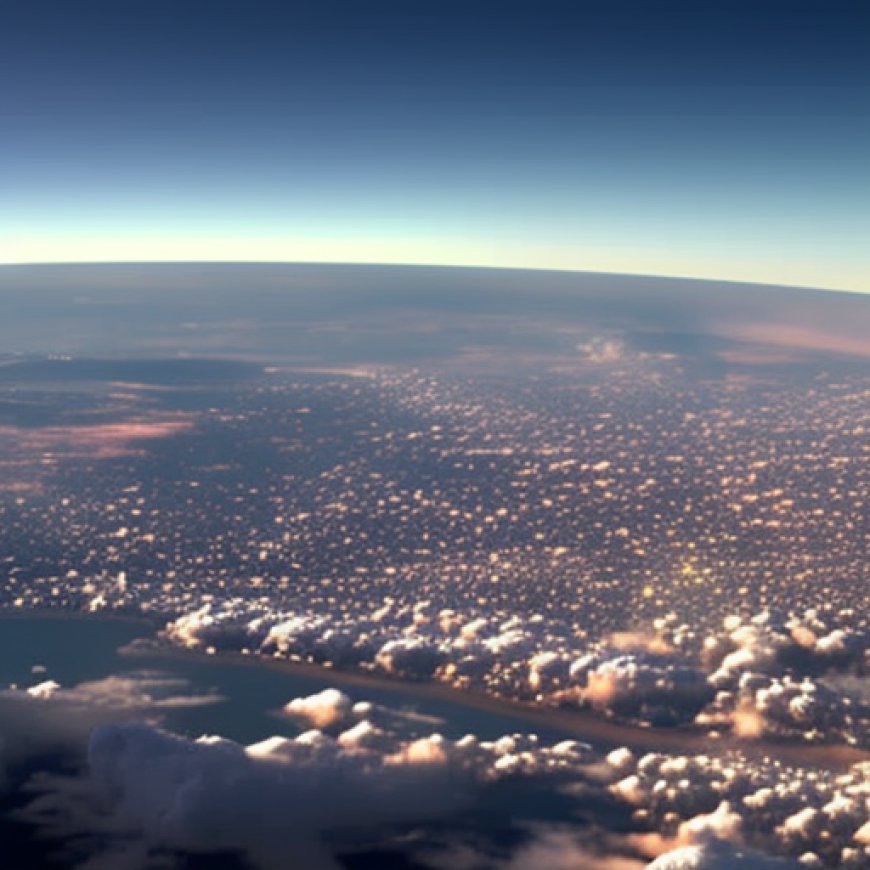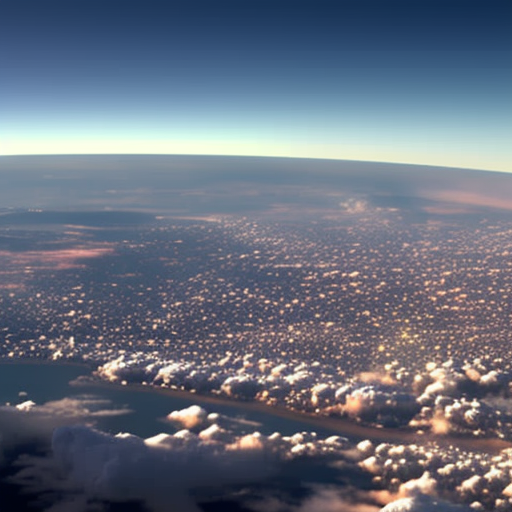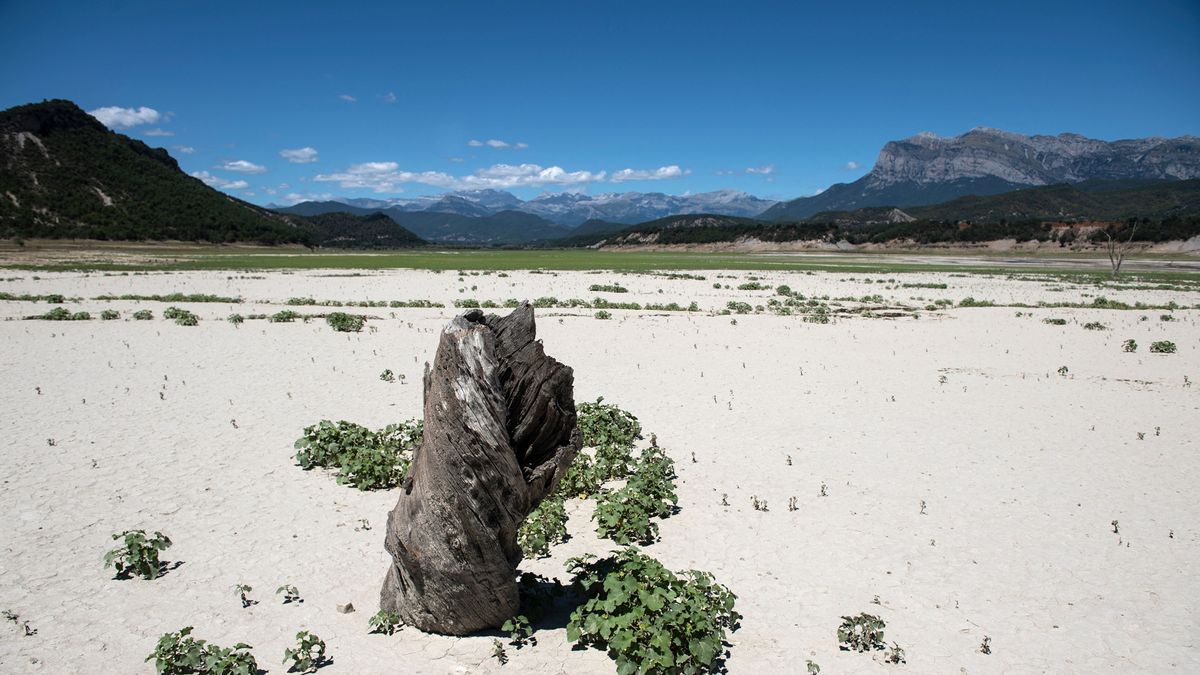Removing carbon from Earth’s atmosphere may not ‘fix’ climate change
Removing carbon from Earth's atmosphere may not 'fix' climate change Space.com


Removing Carbon from Earth’s Atmosphere May Not Reverse Devastating Changes to Weather Patterns

In a new study, Korean researchers simulated the effects of removing large quantities of carbon dioxide, a greenhouse gas, from the atmosphere on local climate changes related to global warming. The study, based on computer modeling, focused on vulnerable subtropical regions that experience intense droughts as climate change progresses.
Sustainable Development Goals (SDGs) Emphasized:
- Goal 13: Climate Action
- Goal 15: Life on Land
The study results indicate that even after carbon dioxide concentrations drop, the local climate in these areas would not return to normal for more than 200 years. This means that regions like the Mediterranean, which already suffer from severe heatwaves, droughts, and wildfires, would continue to face these challenges and potentially become even drier.
The researchers focused on modeling changes to the air circulation pattern known as the Hadley Cell, which transports moisture from equatorial regions towards the tropics. They found that when carbon dioxide is removed from Earth’s atmosphere, the Hadley Cell does not recover its original shape and extent even after 220 years. This asymmetrical response is attributed to the different reactions of the northern and southern oceans to decreasing temperatures caused by carbon dioxide removal.
Related Stories:
- 10 Devastating Signs of Climate Change Satellites Can See from Space
- Satellite Photos Show Europe Experiencing Worst Drought in 500 Years
- Satellite Photos Capture Greece’s Devastating Wildfires
According to the study, the recovery of the Hadley Cell is unpredictable due to the response of the global ocean, which is slower than the removal of carbon dioxide. The researchers modeled a scenario in which carbon dioxide concentrations were four times higher than current levels before being reduced back to the base level. However, they did not model a return to pre-industrial levels.
Concentrations of carbon dioxide have risen to 421 parts per million in 2022, more than 50% above preindustrial era concentrations. Despite warnings from climatologists and international pledges to reduce greenhouse gas emissions, the world is still falling behind the necessary targets to combat global warming. This has led to calls for other climate interventions, including active carbon removal methods such as artificial stone sequestration and reforestation.
Related Stories:
While carbon removal may reduce temperatures, the study warns that environmental changes caused by warming will continue to affect vulnerable regions for centuries. The researchers emphasize the importance of reducing carbon dioxide emissions now to prevent further irreversible consequences.
The study was published in the journal Science Advances on July 26.
SDGs, Targets, and Indicators Analysis:
1. Which SDGs are addressed or connected to the issues highlighted in the article?
- SDG 13: Climate Action
- SDG 14: Life Below Water
- SDG 15: Life on Land
The article discusses the impact of carbon removal from the atmosphere on climate change and its effects on vulnerable regions. This aligns with SDG 13, which focuses on taking urgent action to combat climate change and its impacts. Additionally, the article mentions the potential alteration of precipitation patterns over Australia, which connects to SDG 14 (Life Below Water) and SDG 15 (Life on Land) as changes in climate can affect marine and terrestrial ecosystems.
2. What specific targets under those SDGs can be identified based on the article’s content?
- SDG 13.1: Strengthen resilience and adaptive capacity to climate-related hazards and natural disasters
- SDG 13.2: Integrate climate change measures into national policies, strategies, and planning
- SDG 14.2: Sustainably manage and protect marine and coastal ecosystems
- SDG 15.1: Ensure the conservation, restoration, and sustainable use of terrestrial and inland freshwater ecosystems
Based on the article’s content, the targets mentioned above can be identified. These targets focus on building resilience to climate-related hazards, integrating climate change measures into policies and planning, and ensuring the sustainable management and protection of marine, coastal, terrestrial, and freshwater ecosystems.
3. Are there any indicators mentioned or implied in the article that can be used to measure progress towards the identified targets?
- Indicator 13.1.1: Number of deaths, missing persons, and directly affected persons attributed to disasters per 100,000 population
- Indicator 13.2.1: Number of countries that have integrated mitigation, adaptation, impact reduction, and early warning into their national policies, strategies, and planning
- Indicator 14.2.1: Proportion of national exclusive economic zones managed using ecosystem-based approaches
- Indicator 15.1.1: Forest area as a proportion of total land area
The article does not explicitly mention indicators. However, the identified targets can be measured using the indicators mentioned above. These indicators provide a quantitative way to track progress towards the targets related to climate resilience, integration of climate change measures, sustainable management of marine ecosystems, and conservation of terrestrial ecosystems.
SDGs, Targets, and Indicators Table:
| SDGs | Targets | Indicators |
|---|---|---|
| SDG 13: Climate Action | 13.1: Strengthen resilience and adaptive capacity to climate-related hazards and natural disasters | 13.1.1: Number of deaths, missing persons, and directly affected persons attributed to disasters per 100,000 population |
| 13.2: Integrate climate change measures into national policies, strategies, and planning | 13.2.1: Number of countries that have integrated mitigation, adaptation, impact reduction, and early warning into their national policies, strategies, and planning | |
| SDG 14: Life Below Water | 14.2: Sustainably manage and protect marine and coastal ecosystems | 14.2.1: Proportion of national exclusive economic zones managed using ecosystem-based approaches |
| SDG 15: Life on Land | 15.1: Ensure the conservation, restoration, and sustainable use of terrestrial and inland freshwater ecosystems | 15.1.1: Forest area as a proportion of total land area |
Behold! This splendid article springs forth from the wellspring of knowledge, shaped by a wondrous proprietary AI technology that delved into a vast ocean of data, illuminating the path towards the Sustainable Development Goals. Remember that all rights are reserved by SDG Investors LLC, empowering us to champion progress together.
Source: space.com

Join us, as fellow seekers of change, on a transformative journey at https://sdgtalks.ai/welcome, where you can become a member and actively contribute to shaping a brighter future.







